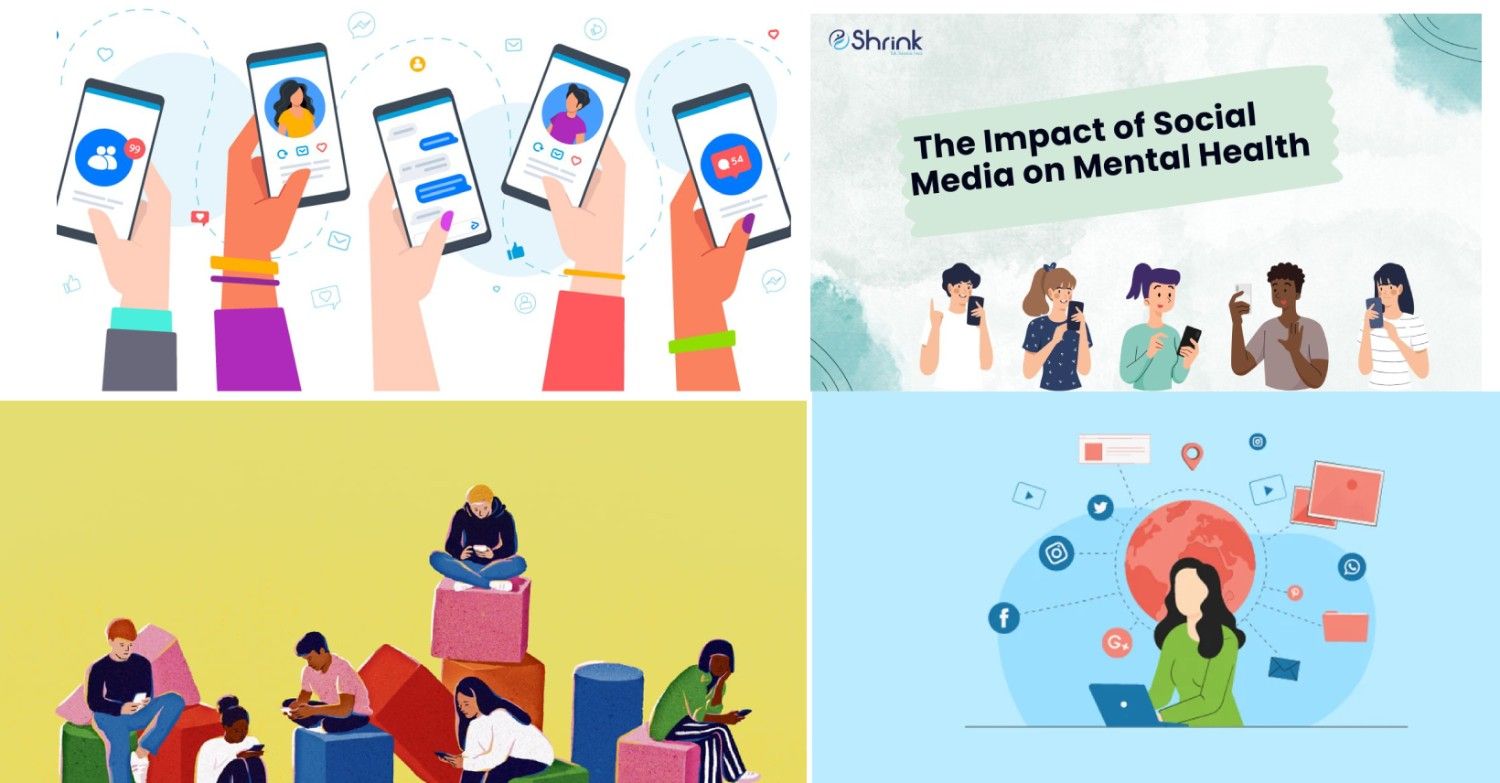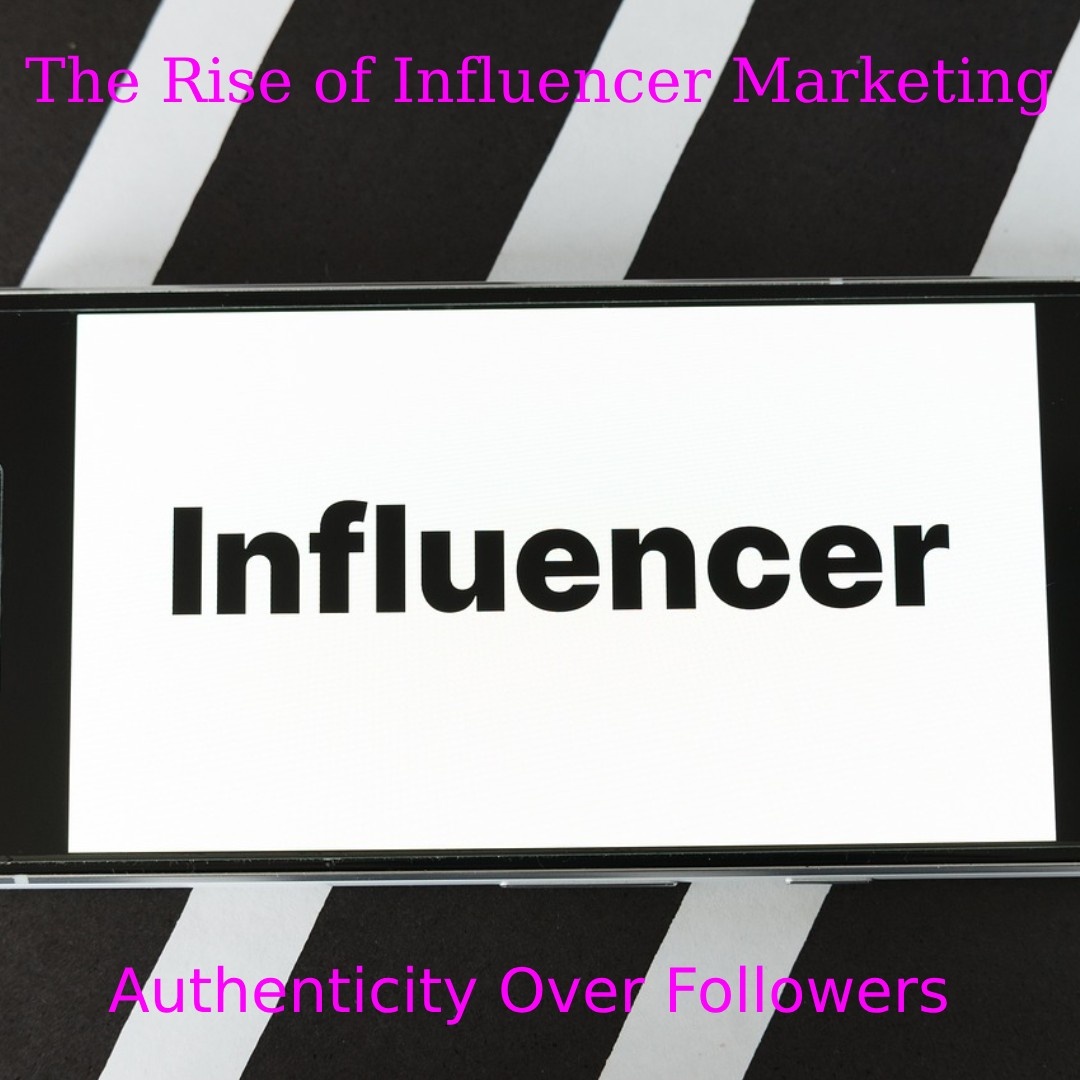- 1 Know the Emotional Effect of Social Media
- 2 Define Your Goals and Boundaries
- 3 Curate Your Social Media Environment
- 4 Plan Content Strategically
- 5 Don’t Overwhelm Yourself
- 6 Monitor Your Screen Time
- 7 Focus on Engagement, Not Numbers
- 8 Be Kind to Yourself
- 9 Incorporate Offline Wellness Practices
- 10 Know When to Seek Help
- 11 Conclusion: Find Your Balance

First of all, social media is a powerful tool for the building of a brand, getting connected to more people, and showing off one’s talents. However, some people wonder how to protect their mental health, as building a social media presence can take a toll on one’s mental health if not handled appropriately. Stress, burnout, and anxiety resulting from having to be constantly productive, engaging, and measuring success can develop.
In this tutorial, we’ll discuss practical strategies to secure mental well-being while executing effective social media growth.
Know the Emotional Effect of Social Media
Social media sites are designed to keep you hooked on them, leading to comparison and validation-seeking behaviours. When your success is solely measured by likes, shares, or followers, its effects can hurt your mental well-being.
Common Mental Health Issues:
Comparison Traps: compares the ways that one is making progress with others.
Validation Seeking: Relying on metrics for self-esteem.
Burnout: Feeling drowned with non-stop content creation.
Fear of Missing Out (FOMO): Anxiety through staying active on many platforms.
Define Your Goals and Boundaries
Before jumping into social media growth, it is essential to define your purpose and set boundaries.
Guidelines for Goal Setting:
Define Success: Define what success is to you, for example, quality of engagement in place of number games.
Set realistic expectations: growth is not an overnight event; avoid overprioritizing overnight success.
Limit Your Time: Allocate specific times for social media to prevent overuse.
Curate Your Social Media Environment
Your social media feed should inspire and uplift you. Follow accounts that align with your goals and values while avoiding content that triggers negative emotions.
Steps to Create a Positive Feed:
Unfollow Negativity: Remove accounts that induce comparison or stress.
Follow Uplifting Creators: Engage with accounts that motivate and inspire you.
Diversity in Content: Combine professional content with individual interests to ensure balance.
Plan Content Strategically
Impromptu content creation can be a huge pressure source. Effective planning helps reduce such pressure and can ensure consistency.
Tips on Content Planning:
Batch creation of content: Set aside specific days to develop multiple posts
Use scheduling tools: Buffer or Hootsuite will aid in auto-posting
Repurpose content: Use similar content on the platforms to save time
Don’t Overwhelm Yourself
In no time, burnout sets in with having to juggle multiple platforms and strategies. Focus on quality over quantity by prioritizing platforms where your audience is most active.
How to Simplify:
Pick Two Platforms: Select the platforms that best align with your brand and audience.
Post Less, But Better: Concentrate on effective content rather than frequent posting.
Say No to Trends: Engage in trends that achieve your purpose only.
Monitor Your Screen Time
Excessive screen time affects your mental and physical health. Be deliberate to step away from your devices.
Managing Screen Time:
Set App Limits: Use the app timer to control the amount of time spent on social media.
Take Breaks: Follow the 20-20-20 rule—every 20 minutes look at something 20 feet away for 20 seconds.
Digital Detox Days: Dedicate one day a week to be offline.
Focus on Engagement, Not Numbers
It is easy to get caught up obsessing about follower counts and likes, but real engagement is infinitely more satisfying. Focus on developing actual connections with your community.
Engagement Ideas:
Thoughtful Responses: Be intentional with all comments and messages.
Start Discussions: Leverage your content to spark meaningful conversation
Appreciate Your Tribe: A devoted, invested audience is worth much more than a high number of stale followers
Be Kind to Yourself
Growing a social media presence takes time and effort. Be kind to yourself when things don’t go as planned.
Self-Compassion Practices:
Celebrate Small Wins: Acknowledge milestones like your first comment or share.
Avoid Perfectionism: Done is better than perfect; post your content without overthinking.
Recognize Progress: Reflect on how far you’ve come instead of focusing on what’s missing.
Incorporate Offline Wellness Practices
Balancing online activity with offline wellness is essential for maintaining mental health.
Wellness Strategies:
Exercise Habit: Exercise relieves stress and energizes your mood.
Mindfulness: Engage yourself with meditation, deep breathing, or any other mindfulness technique.
Connect offline: spending quality time with family and friends.
Know When to Seek Help
If social media affects your mental health, don’t be afraid to seek help from a mental health expert.
When You Need Help:
Chronic stress: feeling overwhelmed for a long time.
Loss of Enjoyment Social media is more of a chore than enjoyable.
Anxiety or Depression Experiencing persistent feelings of worry or sadness.
Conclusion: Find Your Balance
You can build your social media presence and avoid harming your mental health. Through the establishment of boundaries, effective planning, and prioritization of your well-being, you can build up your brand, maintaining your mental resilience.
Remember, your health is the best asset you own. Caring for it as you move through the ever-changing sphere of social media ensures sustainable success on your terms.






